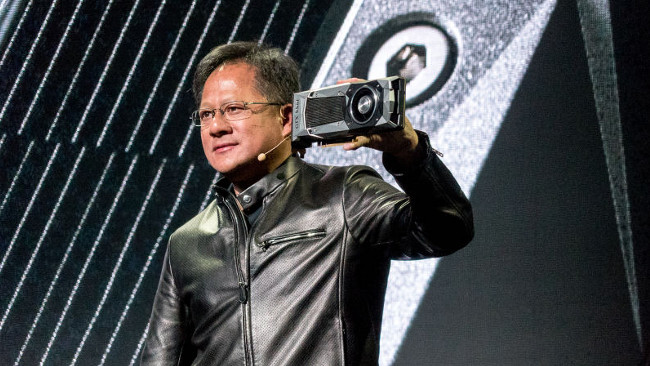
DaVinci Resolve users take note: Nvidia's new Pascal-based GTX 1080 and 1070 GPUs rival or exceed the performance of last generation's Titan X.
With the recent release of DaVinci Resolve v12.5 beta, which features over 250 major new advances to this venerable grading and editing software, there might be no better time than now to upgrade from the free to the full Studio version. According to noted colourist and long time Resolve trainer Alexis Van Hurkman, Resolve Studio's advanced new noise reduction tools are worth the price of admission alone. Add that to the brace of new VFX features and the fact that PC users can now network render to a Mac and output 'Certified' ProRes, upgrading to DaVinci Studio seems like a no-brainer.
Many colourists I know are still running legacy GPU cards and the problem there is the noise and heat generated by those older GPU's inefficient power supply requirements. Nvidia's Kepler generation first widely available with the GTX 960/970/980/980ti/Titan X series were groundbreaking in their PSU efficiency, but the new Pascal generation of GPU cards from Nvidia announced recently (GTX 1080 and GTX 1070) lower the bar once again in performance per watt. With 8GB of the latest GDDR5X Video RAM onboard and running at 10Gbps, the new Pascal series GPUs will be priced at $599 and $379 respectively for the GTX 1080/1070.
One thing to note though is CPU lane requirements. This staggering GPU performance comes at a cost and your current 16 lane CPU motherboard may not be quite up to the challenge. For example, I recently installed Blackmagic's latest 12G Decklink SDI 4K Pro card into my current z87 based PC workstation. The new card is from BMD and, when used in conjunction with DaVinci Resolve software, can read and write 4K video at up to 60P, but to do this (and I'm not even talking about hard disk requirements), the Decklink 4K Pro requires a full 8 CPU lanes to output the full spec 4K video at 10bit 4:4:4 to my grading monitor. Consequently, this leaves only 8 CPU lanes for my current GTX 970 G1 OC, a GPU which requires 16 lanes for maximum performance.
My GPU load tests indicated only a 5% hit on performance between the full 16 lanes and the 8 lane limitation. However, my advice for anybody considering taking advantage of Nvidia's remarkable new Pascal technology would be that it might be time to upgrade your system to a motherboard/CPU, such as the X99 system, which offers far more than 16 lanes, so that all your peripheral equipment does not suffer performance bottlenecks.